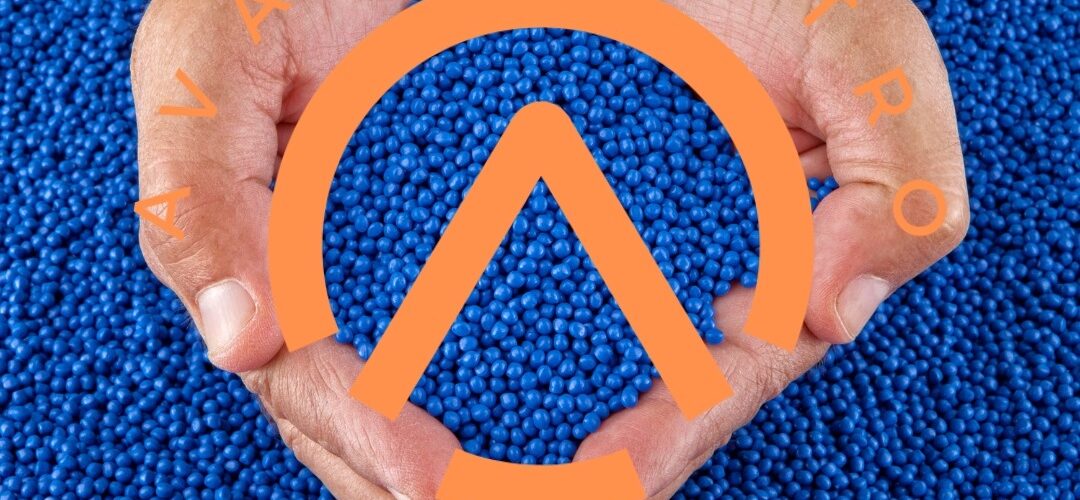Polypropylene Market Trends: Shaping the Future
Polypropylene, often referred to as PP, is a thermoplastic polymer with a wide range of applications across industries. As we navigate the ever-evolving landscape of materials and technology, understanding the current trends in the polypropylene market is crucial. In this article, we will delve into the recent developments and emerging patterns that are shaping the future of the polypropylene industry.
Sustainability Takes Center Stage
In recent years, there has been a significant shift towards sustainability in the plastics industry, and polypropylene is no exception. With increasing environmental concerns and growing awareness of plastic pollution, manufacturers and consumers alike are seeking more eco-friendly alternatives.
Recycling Initiatives: The polypropylene market is witnessing a surge in recycling initiatives. Companies are investing in research and technology to develop recyclable polypropylene products and improve the recyclability of existing ones.
Biodegradable Polypropylene: Researchers are actively exploring the development of biodegradable polypropylene, which could revolutionize the industry. These biodegradable variants have the potential to reduce the environmental impact of polypropylene products significantly.
Advanced Processing Techniques
To meet the demands of diverse applications, manufacturers are adopting advanced processing techniques that enhance the properties and versatility of polypropylene.
Nanocomposites: Incorporating nanoparticles into polypropylene matrix improves its strength, heat resistance, and barrier properties. This development opens up new opportunities in industries like automotive, packaging, and construction.
Blow Molding: Innovations in blow molding techniques have expanded the use of polypropylene in packaging. The ability to create intricate designs and lightweight yet durable containers has boosted its popularity.
Growing Demand in Automotive Sector
The automotive industry is one of the largest consumers of polypropylene, and its demand continues to rise.
Lightweighting: As automakers prioritize fuel efficiency and emissions reduction, polypropylene’s lightweight nature makes it a preferred choice for manufacturing interior and exterior components. This trend is expected to grow as electric vehicles gain prominence.
Electrification: With the increasing shift toward electric vehicles, the demand for polypropylene in battery components and electric vehicle infrastructure is on the rise.
Packaging Innovations
The packaging industry remains a major consumer of polypropylene, and it is witnessing transformative trends.
Flexible Packaging: The rise of e-commerce and the need for convenient, lightweight, and cost-effective packaging solutions have led to a surge in demand for polypropylene-based flexible packaging materials.
Sustainable Packaging: Brands are actively adopting sustainable packaging options made from recycled or biodegradable polypropylene to align with their environmental commitments.
Conclusion
The polypropylene market is evolving in response to global trends toward sustainability, technological advancements, and shifts in consumer preferences. As we move forward, we can expect to see continued innovation and the development of new applications for this versatile thermoplastic polymer.
In a world where environmental responsibility and performance are paramount, polypropylene is adapting and thriving.
To stay updated on the latest developments in the polypropylene market, it’s essential for industry professionals and stakeholders to closely monitor these trends and adapt their strategies accordingly. The future of polypropylene is promising, with sustainability and innovation at its core.

